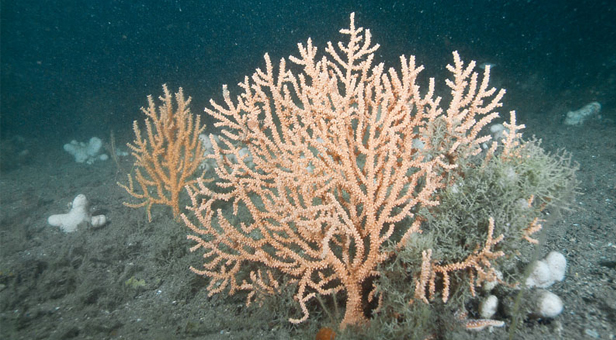[soliloquy id=”13122″]
Dorset Wildlife Trust (DWT) is delighted that the Government has today confirmed the immediate designation of 27 Marine Conservation Zones (MCZs), including Poole Rocks, South Dorset and Chesil Beach and Stennis Ledges in Dorset.
With the support of the public, DWT have been campaigning for MCZs in Dorset to ensure the protection of the huge diversity of marine species and habitats beneath our waves. Today’s announcement is a very important step towards the creation of a network, which will ensure the healthy future of our seas.
DWT’s Living Seas manager, Peter Tinsley said, “This is great news for Dorset and a big step towards recovery of the marine environment. These are not no-go areas and will continue to see a variety of uses but will now be managed for the recovery and enhancement of marine habitats and species. It will also be beneficial for fixed gear local fisherman, as one of the outcomes will be restrictions on mobile fishing. We would like to thank everyone who has supported the campaign for MCZs so far and especially those who have helped collect the evidence to support the designation”
Dorset boasts a huge variety of diverse and abundant marine life, and marine protection is an issue that matters to many people living in the area. Poole Rocks, in Poole Bay is the home to the native oyster and the rare Couch’s goby, Chesil and Stennis Ledges provides a home for one of our most distinctive soft-corals, the pink seafan, and South Dorset has an area of mixed seabed habitats lying in deeper, tide-swept water.
Originally six sites were recommended in Dorset. A plan for two further tranches of MCZs is in place for 2015-16 and 2016-17, and DWT hopes that the remaining three recommended areas, including Broadbench to Kimmeridge Bay, South of Portland and Studland Bay will be considered for the second tranche.







